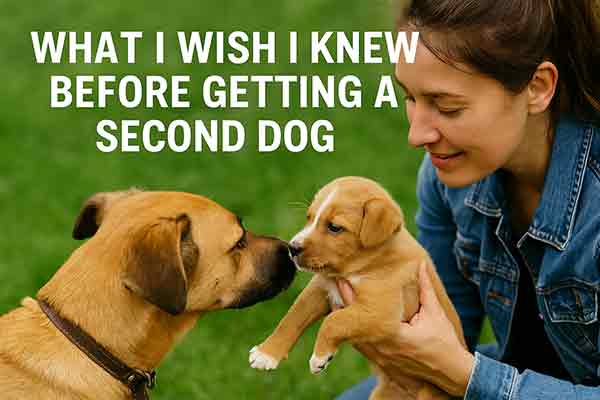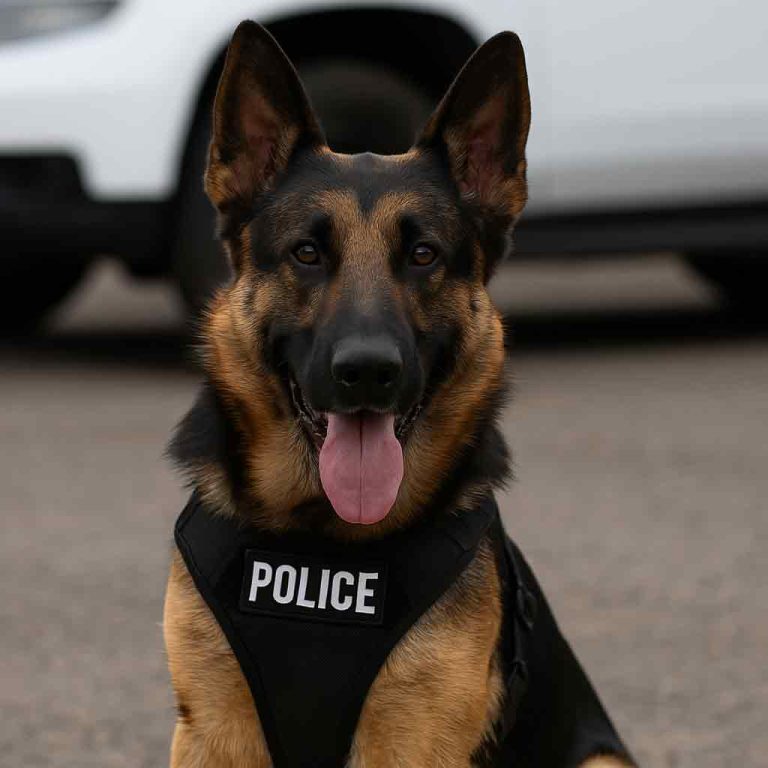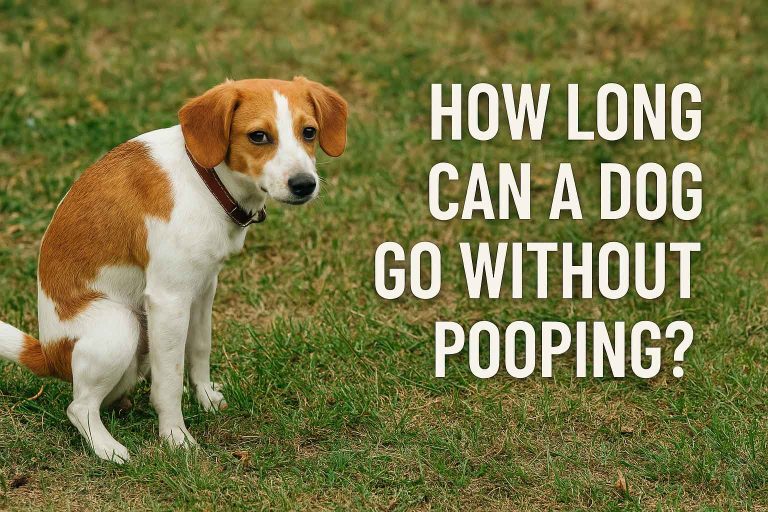What I Wish I Knew Before Getting a Second Dog
Table of Contents
- Introduction
- Double the Love, Double the Work
- Compatibility Matters More Than You Think
- Financial Costs Add Up Quickly
- Training a Second Dog Isn’t the Same
- Jealousy and Behavior Issues Can Arise
- Feeding and Scheduling Becomes More Complex
- Travel and Logistics Become Trickier
- The Beautiful Benefits of Two Dogs
- FAQ
- Conclusion
Introduction
Adding a second dog to your household can seem like a dream come true. After all, what’s better than one loyal, cuddly, tail-wagging companion? Two, right? Well, yes—but there’s more to it. Many pet parents dive into getting another dog with excitement, only to discover unexpected challenges. In this article, I’ll share what I wish I knew before getting a second dog, so you can be better prepared if you’re considering expanding your furry family.
Double the Love, Double the Work
One of the biggest surprises for many new two-dog households is just how much more effort it requires. While love multiplies, so does everything else: feeding, walking, cleaning, grooming, and yes—training. Don’t assume that having two dogs is just a minor step up from one. It’s an exponential increase in responsibility.
Compatibility Matters More Than You Think
Dogs are social creatures, but that doesn’t mean they’ll automatically get along with every other pup. Consider energy levels, breed temperament, size, and even gender. It’s ideal to do a few trial meetings before bringing a second dog home permanently. If they don’t vibe well together, it can cause stress and behavioral problems for both dogs—and you.
Financial Costs Add Up Quickly
From vet visits and flea meds to food and boarding, the cost of caring for a second dog can be substantial. You’ll need to double your budget for:
- Routine and emergency vet care
- Food and treats
- Grooming
- Toys and enrichment
- Pet insurance
- Training classes
Unexpected costs—like replacing chewed-up furniture or emergency vet visits—can strain your finances if you’re not ready.
Training a Second Dog Isn’t the Same
If your first dog is well-trained, that’s great. But it doesn’t automatically mean the second one will follow suit. In fact, your new dog might copy the older dog’s bad habits, or vice versa. You’ll need to dedicate time to training both individually and together. The dynamics can change daily, especially early on.
Jealousy and Behavior Issues Can Arise
Dogs, like humans, can get jealous. Your first dog may feel displaced or act out when attention is shifted. Behavioral changes like resource guarding, separation anxiety, or regression in housetraining are not uncommon. It’s important to keep routines, set boundaries, and ensure each dog gets individual attention.
Feeding and Scheduling Becomes More Complex
With two dogs, mealtime can get tricky. Some dogs may try to steal food, eat too fast, or become possessive. You may need to feed them in separate areas and monitor them more closely. Also, coordinating walks, potty breaks, and training time doubles your time commitment.
Travel and Logistics Become Trickier
Taking a spontaneous trip becomes more challenging with two dogs. Boarding two is pricier, and finding someone to watch both can be difficult. If you travel with them, you’ll need more space, more supplies, and more planning.
The Beautiful Benefits of Two Dogs
Now for the good news. Despite the challenges, having two dogs can be incredibly rewarding. They can keep each other company, reduce boredom and separation anxiety, and provide double the joy. Watching their bond grow and seeing them play, nap, and explore together is heartwarming.
Just be sure you’re ready for the responsibility—mentally, emotionally, and financially.
FAQ
Is it better to get two dogs at once or space them out?
Spacing them out gives your first dog time to mature and be fully trained, which helps when introducing a second.
Should my second dog be younger or the same age?
Younger dogs often bring energy and can learn from older dogs, but large age gaps may cause mismatched activity levels.
How do I introduce a second dog to my first dog?
Introduce them on neutral territory, like a park. Go for a walk together, watch their body language, and don’t rush the process.
Do two dogs keep each other company?
Yes, especially if they bond well. However, human interaction is still essential. Dogs shouldn’t be expected to entertain each other 24/7.
What are signs that two dogs aren’t getting along?
Growling, snapping, guarding resources, excessive dominance, or avoidance can signal trouble. Address issues early with a trainer or behaviorist.
Conclusion
Getting a second dog is a major decision—one filled with joy, challenges, and growth. The key takeaway from what I wish I knew before getting a second dog is this: be prepared. Do your homework, assess your lifestyle, and make sure your current dog is ready too. With patience and planning, bringing home a second pup can be one of the most rewarding experiences for your family and your furry friends alike.
Looking for more tips on dog parenting, training, and lifestyle? Browse our blog for honest, experience-backed advice every dog lover can use.







